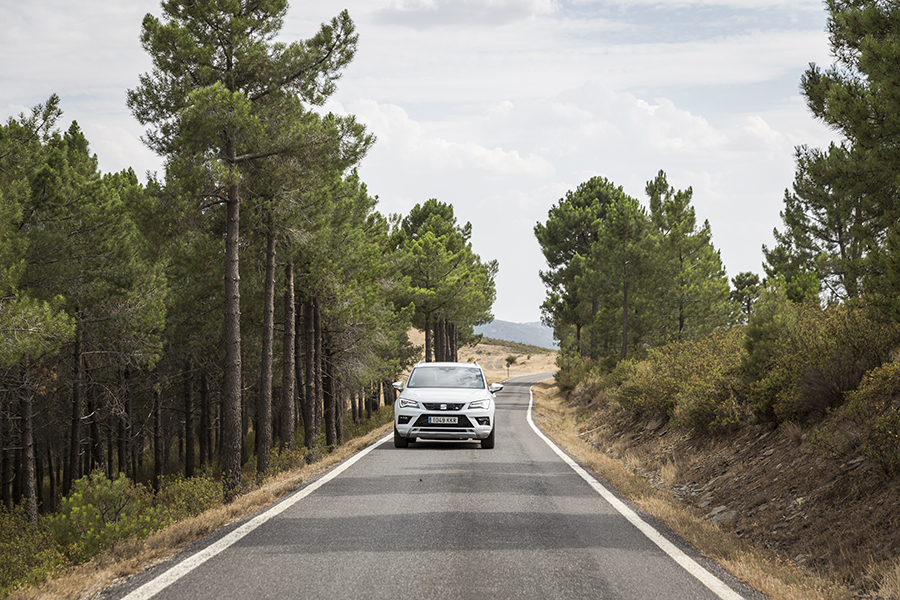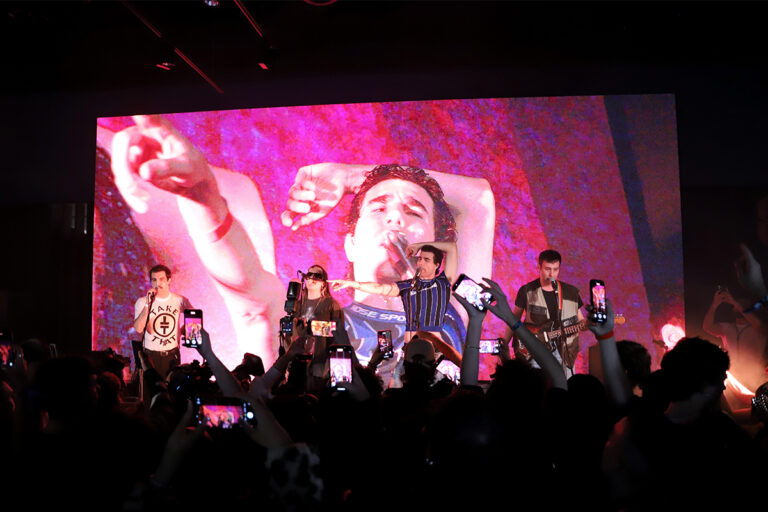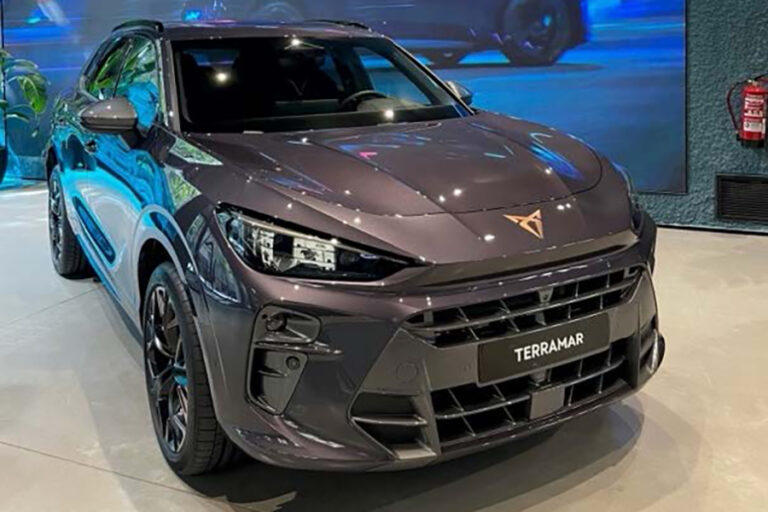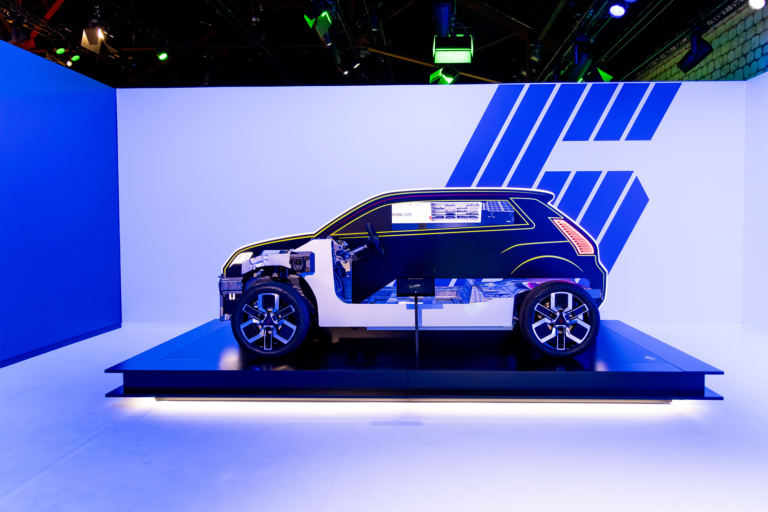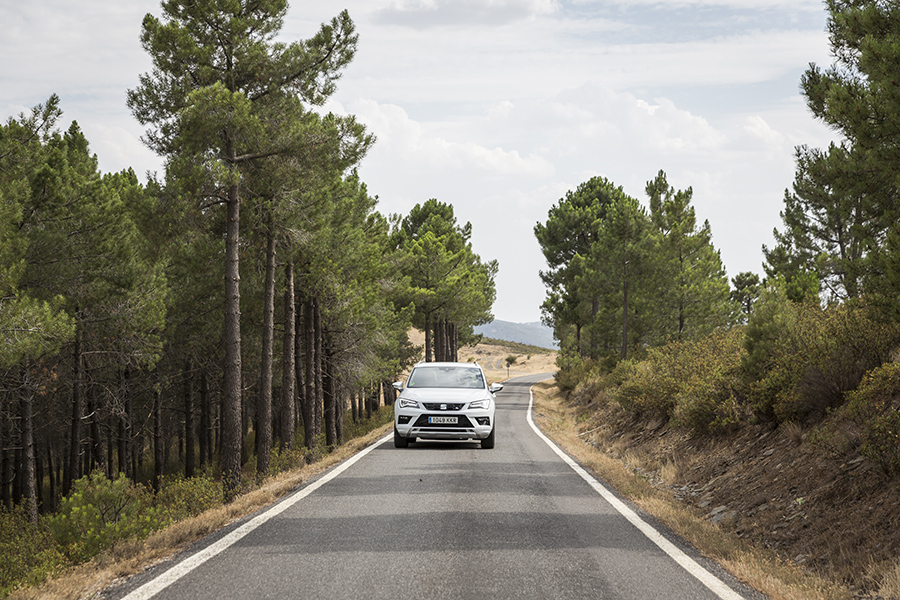
The IoT (Internet of Things) and the connected car reach rural areas thanks to a drone and offer predictive information to drivers in areas of poor visibility or that are difficult to access.
In 5 milliseconds the driver of a connected vehicle will know if there is an obstacle on the road and can prepare to take action. With the future implementation of 5G technology at the wheel, the risk of accidents can be reduced by 69%.
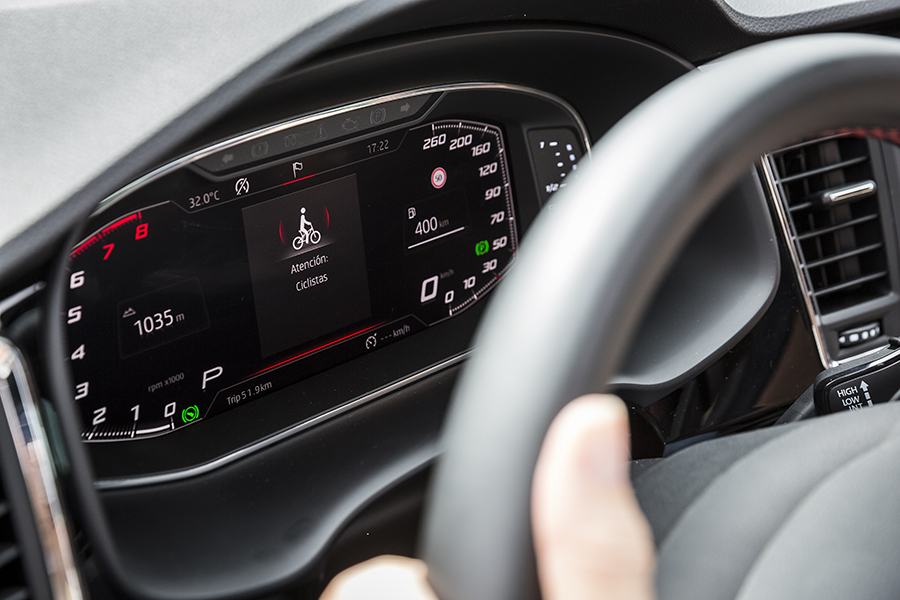
Robledillo de la Jara is a village with 90 inhabitants located 80 kilometres from Madrid in the mountains surrounding the capital. Its landscape is made up of oak and pine trees, golden eagles, and of recently…drones and IoT technology. SEAT, Telefónica, DGT, Ficosa and Aeorum have rolled out a pilot project featuring a drone and a connected car that can detect cyclists and obstacles on the road. The feature needed to carry out this project included cellular mobile connectivity with the primary characteristics of the future 5G network, and the aim is to provide drivers with a “sixth sense” so they can prevent accidents.
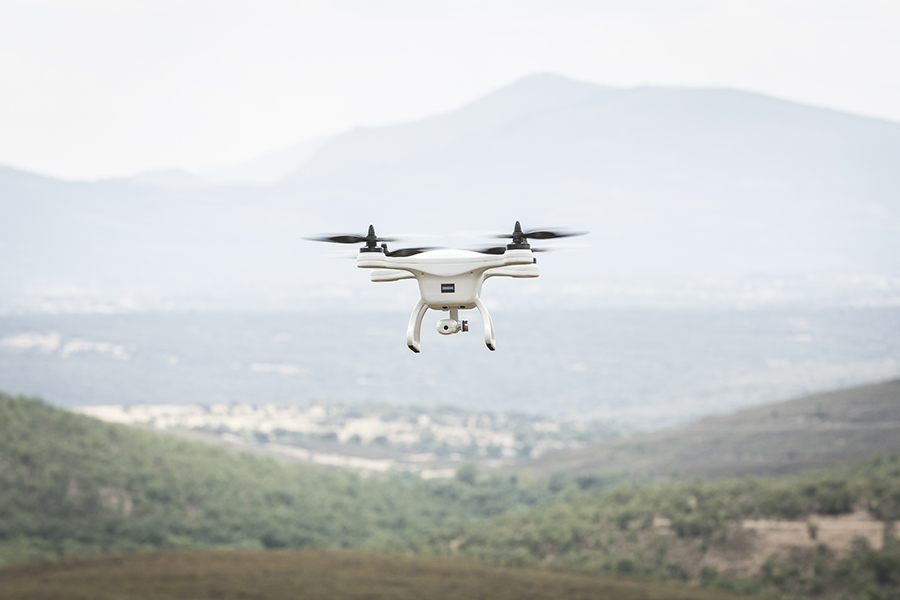
From traffic lights to the skies. 5G and real-time communication among vehicles was associated with urban settings until now, where SEAT and Telefónica rolled out the first phase of the project, with devices integrated in the infrastructure such as cameras, light signals and infrared sensors. “We’ve seen how the car is able to communicate with its surroundings in the city, and now in rural areas, too. In this pilot test we added a drone that sends the information to the cellular network, which sends it to the vehicle, and the driver can see the information displayed on the instrument panel”, says César de Marco, Head of 5G Connected Car at SEAT.
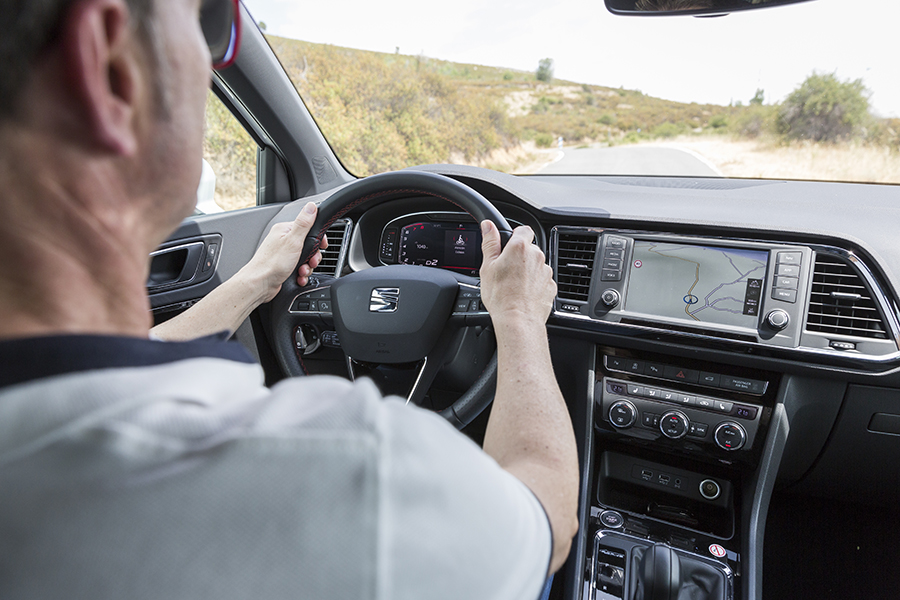
30 times faster than the human eye. People take about 150 milliseconds to react to touch, sight and smell. With the future 5G connectivity, the reaction time from the moment an obstacle is detected until that information is conveyed to the car is only 5 milliseconds. “Thanks to this cellular technology, which already has 5G characteristics, we can obtain a very low latency and detect the presence of cyclists or vehicles on the road in real time”, explains César.
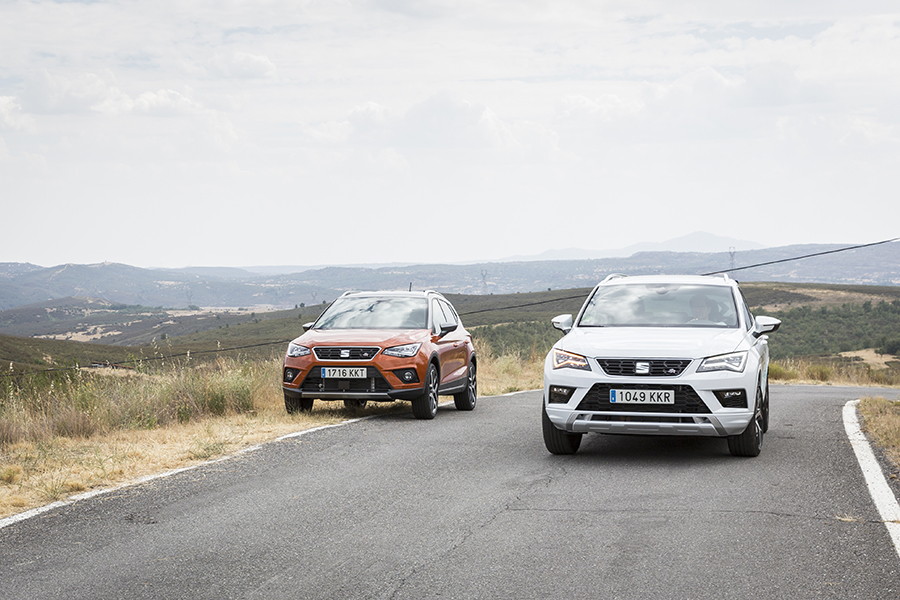
The system works in a very precise way. First the drone’s camera captures an image, for example of a cyclist riding on the road. Then the drone sends the image to an MEC (Multi-Access Edge Computing) server in real time. The MEC server is equipped with artificial vision software which analyses the image and determines whether there is a bicycle or any other obstacle on the road. Once the data is analysed, an alert is sent to the connected vehicle, and an alarm appears on the instrument panel. The driver is now aware that there is a cyclist ahead and must proceed with caution when overtaking.
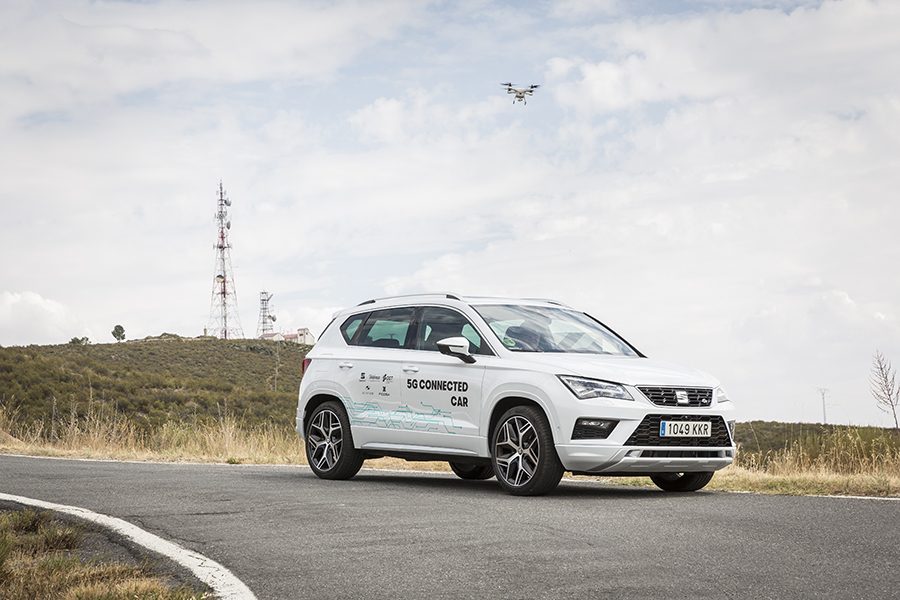
Life-saving technology. “What we aim to do is employ technology for the benefit of road safety”, explains César. More than half of all traffic casualties involve the most vulnerable users – cyclists, pedestrians and motorcyle riders. 2,100 cyclists die every year in Europe, and 250,000 sustain injuries.
“Drones will protect areas where there is poor visibility or that are difficult to access”, concludes César. With the future implementaiton of 5G, the risk of accidents can be reduced by 69% according to the international 5G Automotive Association (5GAA)![]()





